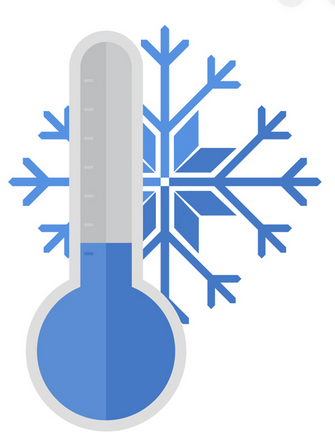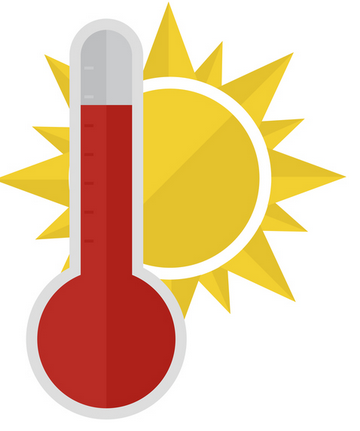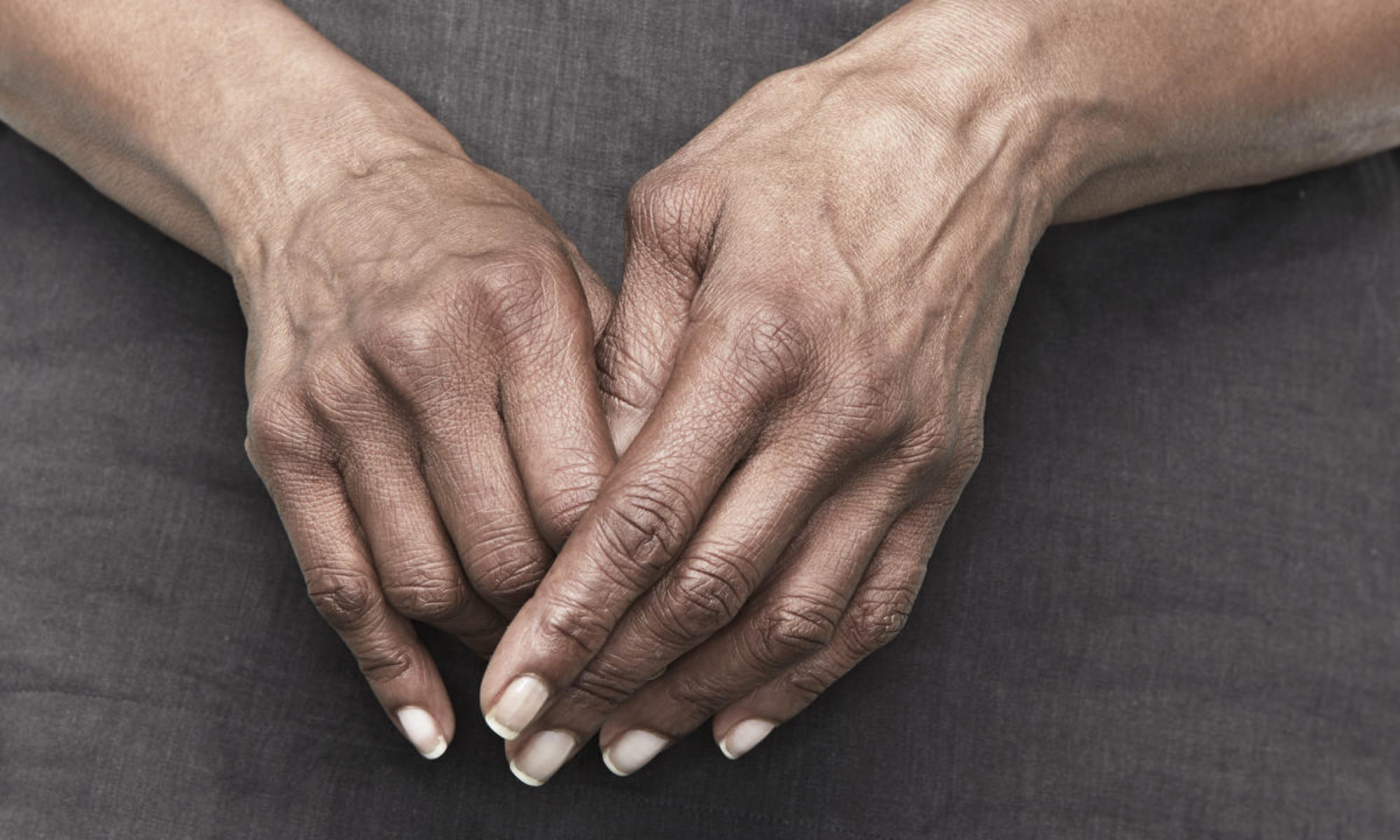TJT, as a project within TCNJ’s School of Engineering, is subject to TCNJ’s COVID-19 Emergency Policies and is on hold until further notice (3/23/2020)
TJT Team
Overview
Arthritis, generally characterized by joint inflammation and pain, affects an estimated 54.4 million adults in the United States. Current CDC projections expect the arthritic population to increase by 20 million cases in the next 10 years. Of those afflicted, 44% report subsequent significant limitations to their daily function.

Objective
Our device aims to address joint inflammation and immobility in arthritis patients that increases joint functionality.
Current Solutions
The current existing solutions and treatments for arthritis lie within three main categories – thermotherapy, cryotherapy, and pharmaceutical drugs. Pharmacological interventions are inherently non-specific, resulting in diminished efficacy when compared to targeted therapy. A myriad of thermo and cryotherapy devices are available, each lacking an adequate feedback control mechanism or defined therapeutic programming.
Although a cyclic regimen of heating and cooling periods has been shown to both increase joint mobility and decrease pain, the market currently lacks a device to effectively provide controlled contrast temperature therapy to the joints of the hand.
Contrast Temperature Therapy

Cold
- A Decrease in nerve conduction velocity, a blockade of nerve impulses, and endorphins reduces pain
- Vasoconstriction reduces inflammation and swelling

Hot
- Increase in joint mobility and reduction of perceived stiffness
- Increased blood flow leads to reduced pain
